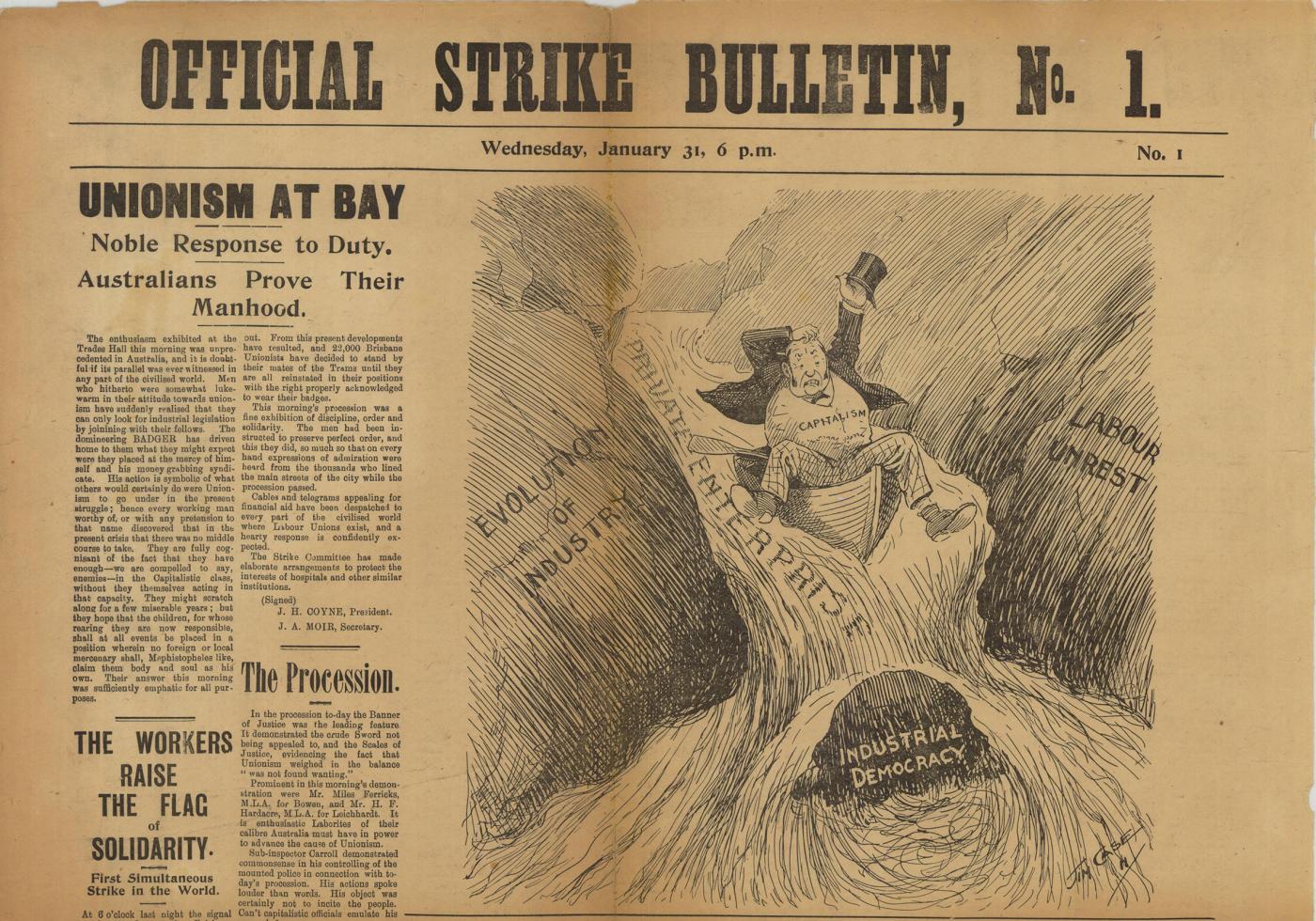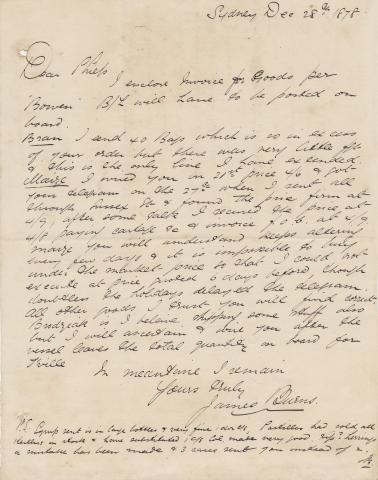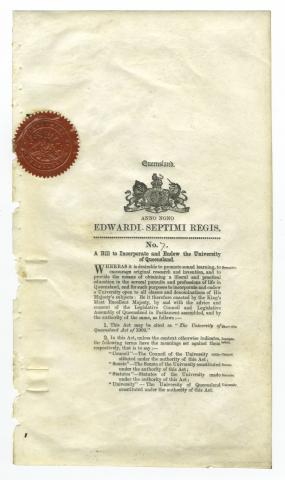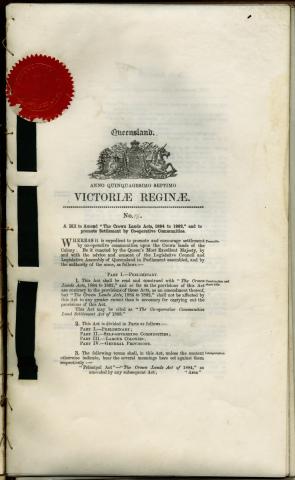
- News of the day
-
The Colac Herald, Monday 5 February 1912
Strike At Brisbane
- Fight for Bread -
- Troops Guard Ammunition -
Brisbane is in the grip of the strike, and the participants are proceeding from idleness to action. The stress of waiting the event has proved too great for many, and demonstrations of excitement are becoming more numerous.
The general strike of unionists, in the early stages, was marked by the orderly behavior of the men as they paraded the streets, but even the most sanguine citizens of Brisbane anticipated serious trouble unless the dispute between the Tramway Company's employees and the management which caused the strike were speedily settled. The bonds of restraint have now been broken, and disturbances are occurring in the streets.
Outside the gates of the Tramway Company's power house, in Countess street, there was a disturbance, but as the place was strongly barricaded, and armed men were entrenched, little damage was done. It is reported that Mr Badger, the company's manager, is residing on the premises, and that has an automatic pistol with which to defend himself with should the mob break the barricades.
Hundreds of policemen and special constables are drawn up at the intersections of the different streets with a view of preventing the proposed procession of unionists. Some exciting scenes were witnessedd on Friday morning at Shear's Bakery, people coming from far and near to obtain bread. A notice stating that no bread was available was posted up. Baking operations were stopped on Thursday by a mob which put out the fires and pelted the baker with dough. The people of Brisbane are beginning to feel the tension, and there is much anxiety regarding the future.
[...] The city is in a state of tumult. A body of police with bayonets fixed, and supported by mounted men, were lined across Albert street to prevent the passage of the procession which it was ex-Trades Hall. Mr David Bowman, leader of the Labor Party, urged the men not to form a procession, but two hundred women, led by Mrs Millar, started to march from the hall, followed by several thousand men, making a great noise. The women approached to within a few feet of the police, who stood firm, and refused to allow them to pass on. Stones were thrown at the police, and a couple were struck.
On the advice of Inspector Geraghty the women turned and took another route to Parliament House. Tumultuous scenes marked their progress along George street. The crowd was in an angry mood and loudly hooted the Police Commissioner's offices and the Executive building when passing. The mob returned by the same route, and subsequently a rather serious disturbance occurred in George street. Mounted and foot police several times charged the crowd, some of whom sought shelter on verandahs and elsewhere.
- Background
-
One of Queensland's worst instances of violence during an industrial dispute occurred on 2 February 1912, at the height of the Tramway Strike. The infamous 'Black Friday' serves as a powerful reminder of labour's grim struggle to organise and achieve gains for workers within the State even though the strike itself ended in defeat.
With the revival of unionism following the debacle of the Shearers' Strikes in the 1890s, employees of the British-owned Brisbane Tramway Company attempted to organise in 1904. Their efforts were crushed by Joseph Badger, the American-born manager of the company, who formed a tightly-controlled company union based on American precedents to counter subsequent union activity. During his absence in 1911, however, a southern organiser gained sufficient support among Brisbane tramway employees to register a labour union.
Members also sought the right to wear the union badge, and when Badger began dismissing union members it triggered a general strike throughout the State. Rallies and processions were reinforced by the issue of regular strike bulletins to publicise the grievances of strikers but, just as in the 1890s, financial resources were insufficient to ensure victory.
By early March 1912 the fight had been lost, though gains were made in other directions. Badger was heavily censored for his actions in the Commonwealth Conciliation and Arbitration Court, where Justice Higgins ruled that tramway employees were legally entitled to wear the union badge. This was a significant judgement in regard to the personal rights of the union members.
The violence unleashed against strikers on 'Black Friday' by police and special constables may have also contributed to a backlash against Premier Digby Denham's conservative government at the following State election. Increased urban support for the Labor Party paved the way for the latter's electoral victory in 1915.



